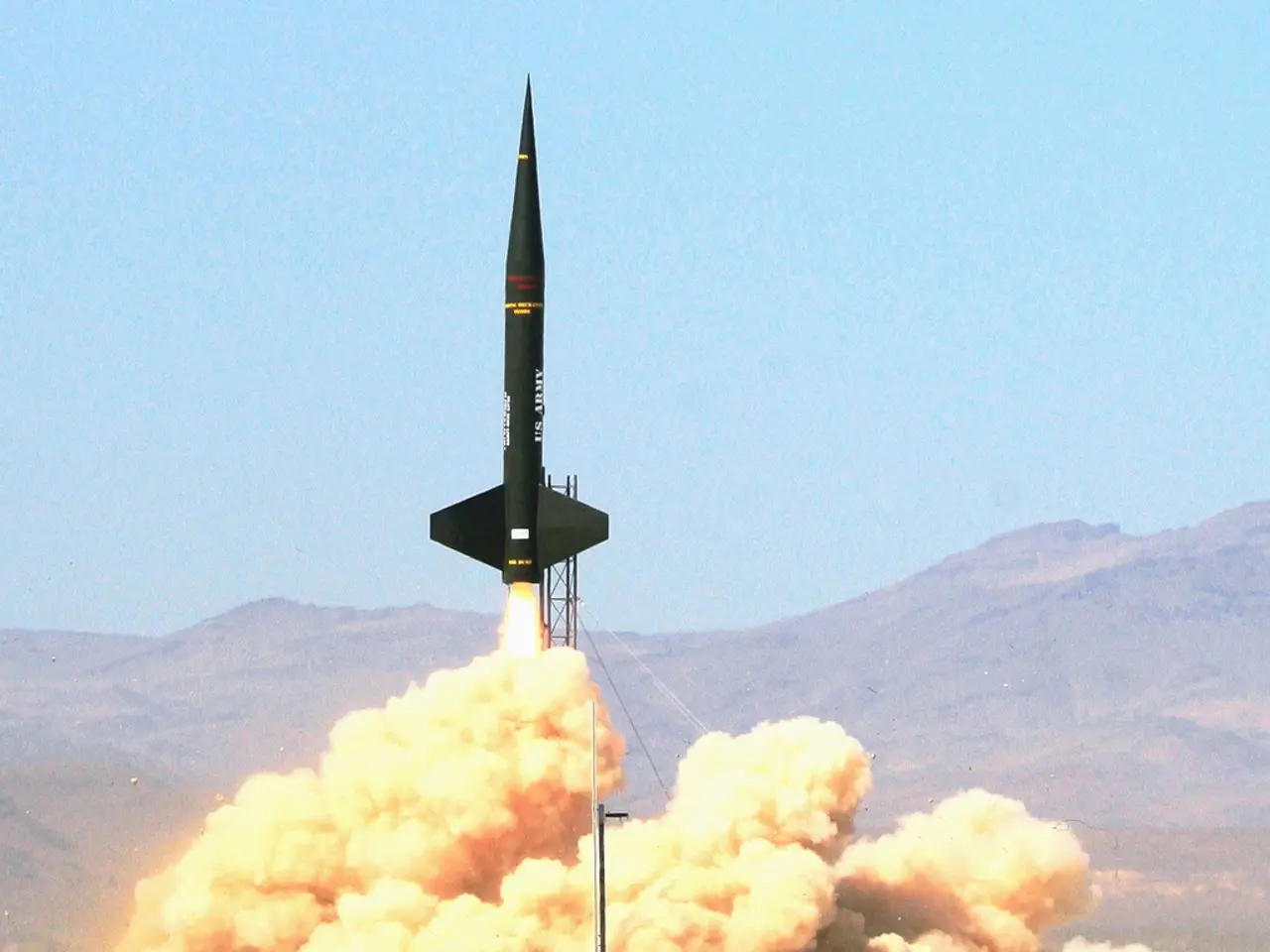Ireland has ceased the use of coal for generating electricity.
Revamped Article:
Ireland's Last Coal Plant Tucks Tail and Prepares for an Oil-Backed Rough Ride Until 2029
Ireland, a soloist in the green energy revolution, has made history by shuttering its last coal-fired power plant, Moneypoint, effectively eradicating coal from the country's energy mix. This powerhouse "Mr. Coal," located in County Clare, has hung up its dirty smokestacks as of June 20, 2025[1][2][3].
Moneypoint, the country's largest operational plant until its transformation, has been undergoing a radical metamorphosis since 2017. It's now discarding its grubby past and stepping into the light as a heavyweight renewable energy hub, thanks to its strategic advantages—a high-capacity grid connection and a deep-water port that make it prime real estate for renewable projects[2].
Although the plant will sing its swan song, it's not ready to completely bow out. Moneypoint will remain on standby, consuming heavy fuel oil if the grid operator EirGrid gives the nod. This slick-backed appearance is only temporary, until 2029[1].
One of the key catalysts in Moneypoint's reinvention has been the installation of Ireland's first synchronous compensator, part of phase one of the Green Atlantic@Moneypoint project, a multi-billion-euro plan to redevelop the facility[2]. This high-tech magic box, introduced with a €50 million investment in 2022, ensures our electricity system can handle increasing volumes of renewable energy without sacrificing stability[2].
Moneypoint's shift towards renewable energy is no isolated occurrence—Ireland's embrace of wind power, once mere baby steps, now propels over a third of the country's electricity[1]. Public enthusiasm for renewables is off the charts, particularly for wind and solar power, but infrastructure projects, such as those pesky power lines, have faced fierce opposition[4][5]. This energy transition won't come cheap—the estimated cost? A whopping €200 billion over 25 years[4][5].
Fast Facts:
- By shuttering its coal operations, Ireland has joined the ranks of 14 other European countries that have abandoned coal for good[1][2][3].
- Moneypoint, once Ireland's largest coal-fired power plant, now stands poised as one of the country's largest renewable energy centers[2].
- Since 2017, Moneypoint has integrated renewable assets, including a 17 MW onshore wind farm[2].
- In 2021, ESB (the station’s owner) launched the Green Atlantic@Moneypoint initiative, a plan to develop the facility into a renewable powerhouse[2].
- The synchronous compensator at Moneypoint enhances grid stability and helps the power system accommodate more variable renewable energy[2].
[1] https://www.bloomberg.com/news/articles/2023-02-03/moneypoint-power-station-to-stop-producing-electricity-on-coal[2] https://www.esb.ie/moneypoint/index.html[3] https://iea.org/reports/global-coal-transition-tracker[4] https://www.esb.ie/renewable-energy/green-energy-programme/[5] https://www.reuters.com/business/energy/irelands-national-energy-and-climate-plan-lacks-new-renewable-projects-audit-shows-2023-05-03/
- The shuttering of Moneypoint, Ireland's last coal-fired power plant, marks a significant transition in the country's industrial landscape, aligning Ireland with other countries that have moved away from coal in favor of cleaner energy sources, such as science and environmental-science.
- As Moneypoint evolves into a renewable energy hub, it represents a strategic merging of finance and environmental-science, with the installation of Ireland's first synchronous compensator costing €50 million and being a crucial component of the Green Atlantic@Moneypoint project.
- The energy transition in Ireland, spearheaded by the growing presence of renewable energy sources like wind power, requires substantial investments in infrastructure, such as power lines, leading to a projected spend of €200 billion over 25 years, underscoring the intersection of finance and energy.




